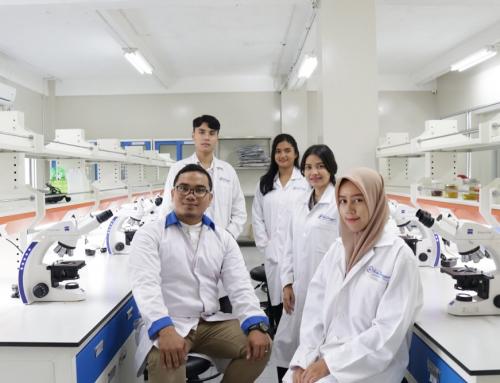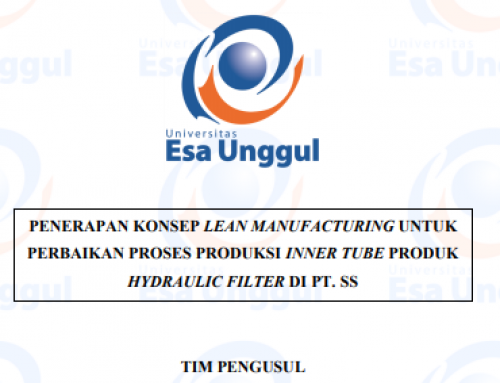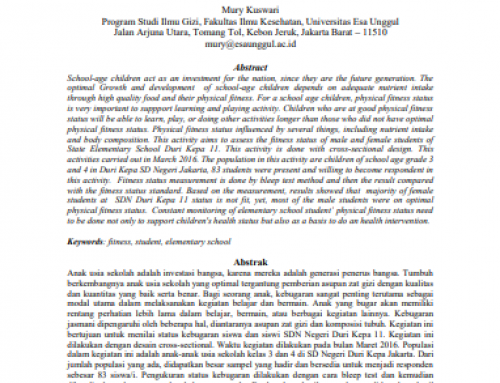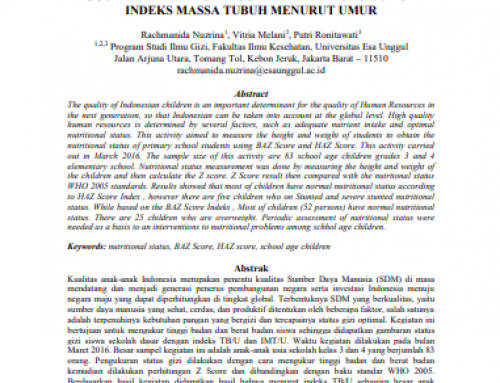Mukhamad Abduh, ST, MT.
Dosen Fakultas Teknik
Universitas Esa Unggul, Jakarta
A rice cooker or rice steamer is a self-contained electrical appliance, used primarily for cooking. Here are also microwave, gas, and open flame variants. The preparation of rice has traditionally been a tricky cooking process that requires accurate timing, and errors can result in inedible undercooked or burnt rice. Rice cookers aim to avoid these problems by automatically controlling the heat and timing in the preparation of the rice, while at the same time freeing up a heating element on the range. In these experiments, we use three branch of rice cooker that is; A, B, and C. This entire product has capacity 1.8 liter. The load cook divided in three-load level; 0.5 liter, 1.0-liter end 1.5 liters. Each level or load cook has two times experiments. Time of experiments for each product is the same, with stopwatch, the speed of cooking can be able to identify. So each product can looked at how long spent the time for cooking the rice.
History of Rice Cooker
The idea of cooking rice with electricity was first conceived in the age of westernization during the Meiji era, and products called “electric stoves” and “electric rice tubs” were produced experimentally at the end of the Taisho era (mid 1920s). These were stoves and tubs to which heating coils were attached. In the late 1940s, Mitsubishi Electric Corporation manufactured an electric rice cooker, a pot incorporating a heating coil inside. Featuring no automation, this was simply a pot that used a heating coil instead of firewood or gas. The device was inconvenient, requiring attention from the time it was switched until the rice was done, and sold poorly. Rather than being remembered as the forerunner of modern rice cookers, the device was relegated to the status of a footnote in the history of electric appliances. In 1952, Matsushita Electric launched a Mitsubishi-type rice cooker, which was also poorly received. Sony’s offering (an electronic rice tube) fared likewise.
Around July 1951, based on its conviction that electrical appliances would one day become a part of daily life in Japan, Toshiba tackled the challenge of creating a successful electric rice cooker, a product area where leading manufacturers Mitsubishi and Matsushita had failed. The project was led by Shogo Yamada, development manager of the electric appliance division. In human being lives always are in change. One of impact in life process is technology become primarily need for people in this era, most people can’t do anything without technology, activities for the people depends for technology. Technology very important for this life. One of the results for technology is going to discuss in this chapter especially for electrical rice cooker.
A rice cooker or rice steamer is a self-contained electrical appliance, used primarily for cooking. Here are also microwave, gas, and open flame variants. The preparation of rice has traditionally been a tricky cooking process that requires accurate timing, and errors can result in inedible undercooked or burnt rice. Rice cookers aim to avoid these problems by automatically controlling the heat and timing in the preparation of the rice, while at the same time freeing up a heating element on the range.
Typically, a rice cooker contains an insulated outer container containing a heating element, into which is fitted a non-stick or Teflon coated inner removable bowl, which often has graduations marked in cups of rice (white). Whereas less expensive and older models use simple electronics and mechanical and thermal sensors, high-end rice cookers use microchips to control the cooking process and often incorporate a timer which can be used to set the desired “ready time”. Many rice cookers can keep rice warm safely for up to 24 hours. This helps to avoid the dangers of food poisoning due to Bacillus cereus. Rice cookers, when purchased, normally include a small “cup” measure and a plastic paddle for serving the cooked rice.
Restaurants that serve a lot of rice, particularly those specializing in Asian cuisine, often use industrial size rice cookers that quickly and cheaply produce large quantities of cooked rice. A rice cooker is a standard appliance in kitchens around the world, especially in Asian countries. Small, basic rice cookers can be purchased in the US at discount retailers often for as low as $10-$15, and units with large capacity and different selectable electronically-controlled cooking cycles can cost up to $100 or more.
Basic principle of operation
The bowl in the rice cooker is usually removable, and beneath it lies a spring and thermostat. These form the main components of the rice cooker. The spring in the bottom is simply to ensure contact of the thermostat to the base of the cooking bowl. During cooking the mixture is continuously heated. The temperature cannot go above the boiling point of water—100°C (212°F)—as any energy put into the system at that point will only cause the water to boil. At the end of cooking all of the water will have been evaporated or absorbed by the rice. Once the heating continues past this point, the temperature exceeds the boiling point. The thermostat then trips, and switches the rice cooker to “warm” mode, keeping the rice no cooler than approximately 65°C (150°F). Simple rice cookers, like the one below, may simply turn off at this point.
Cooking rice with a rice cooker
To cook white rice, the rice is measured and added to the inner bowl. Cold water is measured and added or simply added up to the appropriate graduation in the inner bowl. Sometimes there are separate scales for brown rice (as more water is required) or for cooking other foods in the appliance. Once the lid is closed and the cooking cycle has been activated, the rice cooker does the rest. Fancy models give a countdown in minutes to the “ready time,” and beep when done, whereas less expensive and older models simply click or ring a bell when done. A rice cooker or rice steamer is a self-contained electrical appliance, used primarily for cooking. Here are also microwave, gas, and open flame variants.
Rice cooker techniques
Rice cookers are typically used for the preparation of plain or lightly seasoned rice, but more elaborate recipes are possible using a rice cooker, and there are cookbooks devoted entirely to dishes prepared using a rice cooker. One of the more unexpected dishes that can be made in a rice cooker is a beef. By simply adding ingredients and setting it to “warm”, a rice cooker would cook that at about 65°C (150°F). In few hours, the stew is fully cooked and ready to eat. Some rice cookers are designed to accommodate a basket above the rice. This basket is generally used to steam vegetables, holding them in the steam coming off the rice. Some vegan cooks consider rice cookers to be an invaluable tool in the preparation of vegan meals. They find it extremely versatile, allowing a variety of meals to be cooked with minimal preparation and no attention during the cooking process.
References
Douglas C. Montgomery, “Design and Analysis of Experiments”, sixth edition john Wiley & sons. INC
Practicum subject for Minitab 14, “Industrial Engineering”, university of Indonesia, Jakarta.





